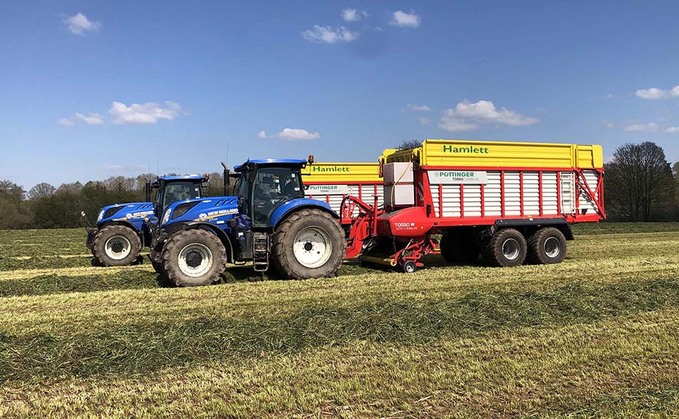
Meeting the needs of a variety of farms in a strong livestock area takes flexibility, and that is what J Hamlett Contracting in Shropshire aims to offer by chopping silage with a forage wagon. Jane Carley...

Meeting the needs of a variety of farms in a strong livestock area takes flexibility, and that is what J Hamlett Contracting in Shropshire aims to offer by chopping silage with a forage wagon. Jane Carley...

Ice Builders plate coolers refurbished bulk

Delaval Blue Diamond 32/32

PURECLAD Hygienic